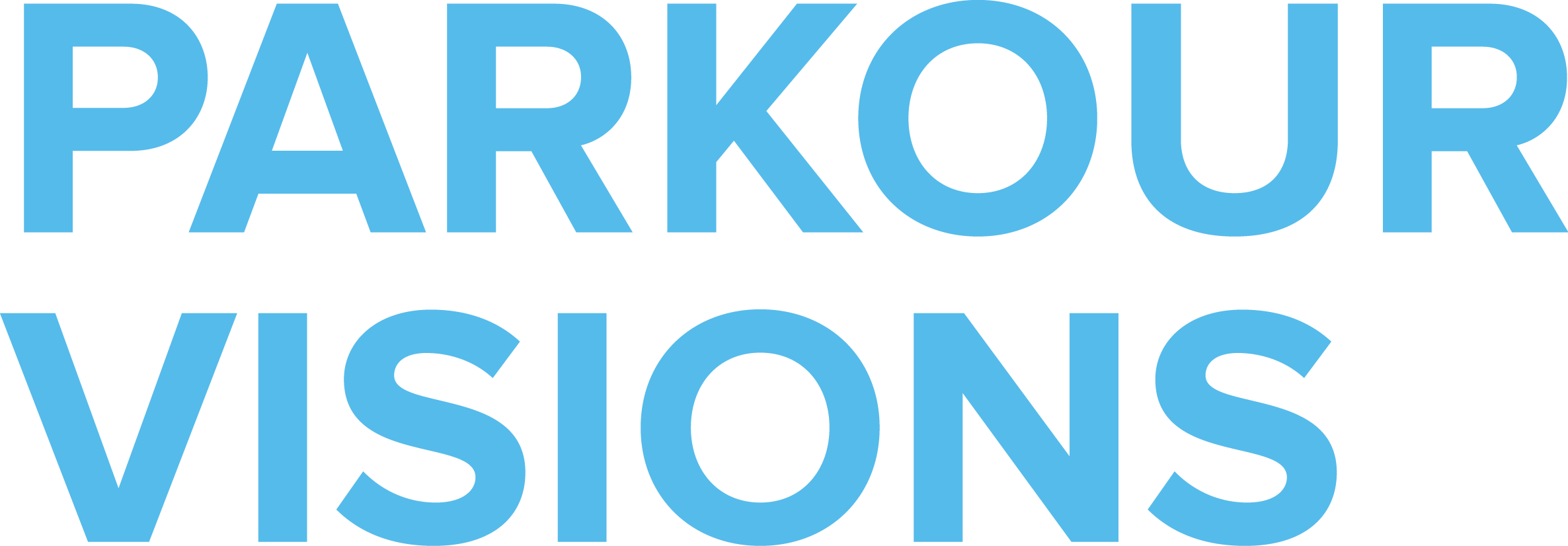Letter to the Community: Police Violence Directly Conflicts with Our Mission
Dear PKV community,
Over the past few weeks, we have seen an immense, long-overdue uprising against police violence. We witnessed our Black community members grieving the murders of George Floyd, Breonna Taylor, Ahmaud Arbery, and on and on—thousands of Black lives lost to police violence. And that’s only the tip of the 400-year-old iceberg of white supremacy.
For the record, we are infuriated at state-sanctioned violence against Black people. Police violence directly conflicts with our mission. Parkour fundamentally subverts social and political rules of spaces. Police violence prevents Black and other communities of color from feeling safe in public spaces, which limits their access to movement, parkour, and play. Everyone should be safe outdoors, on public and private property, and in their own homes.
Black lives matter.
We need to say these words because words can be powerful. But words can slip from powerful to performative if brands and organizations are merely copying each other. It is like we all got the same chain letter and mailed it to six other people for fear of bad luck.
So what are we doing to create change? In parkour, we are fond of saying, “Be strong to be useful.” It is time to rethink how we practice this philosophy.
Parkour Visions has many strengths. We have been rebuilding our organization over the past three years since our gym and all of our programs shut down. We transitioned our focus to expanding access to more diverse communities, including women, people with disabilities, and low-income youth. Before the coronavirus outbreak, we provided low-cost after-school programs and free classes in over 20 Seattle neighborhoods.
Yet at the same time, we have not served Black and other communities of color anywhere near as well as we could have.
And now, with the onset of coronavirus, we again were forced to close down almost all of our programming. It has been another major transition. However, we know this can be a huge opportunity for positive transformation, even as it is painful.
We need to do better for Black and other communities of color. As we rebuild again, we are asking ourselves:
Do our mission, vision, and values support and reach Black, Indigenous, and other people of color? Especially those who are women, queer, trans, and other intersectional identities?
How can we be more actively anti-racist at all levels of our organization—from our leadership to our students and the programs and systems we interface through?
Are we learning about the history of oppression of BIPOC, especially how it affects school sports, mobility, physical and mental health, and the design of our public spaces for play and movement?
Do our after school programs prioritize students who are BIPOC?
Are we partnering with community organizations led by BIPOC?
Are we hiring BIPOC? Paying them appropriately? Promoting them?
Are we empowering BIPOC youth and adult leadership? Including coaches, other formal roles, and all the vibrant ways in which people can become leaders.
Does our board leadership accurately reflect the communities we serve? Do BIPOC have equal power to exercise leadership on our board?
Are we eliciting and acting on feedback from BIPOC community members? Are we learning from them?
Do we feature BIPOC in our media?
Structural problems require us to structure change into our organization. Where do we put our money, our time, and our emotional resources? Racism and white supremacy exist in every aspect of daily life. That truth can either be overwhelming or we can choose to see endless opportunities to do things differently.
This is just the beginning of creating a better community. We know we can’t do enough, fast enough. Black people deserve instant, radical change. What we can offer as an organization feels small. But it’s still worth doing.
Sincerely,
Caitlin Pontrella, Cordelia Hollingsworth, Brandee Laird, and Rebecca Brightly
